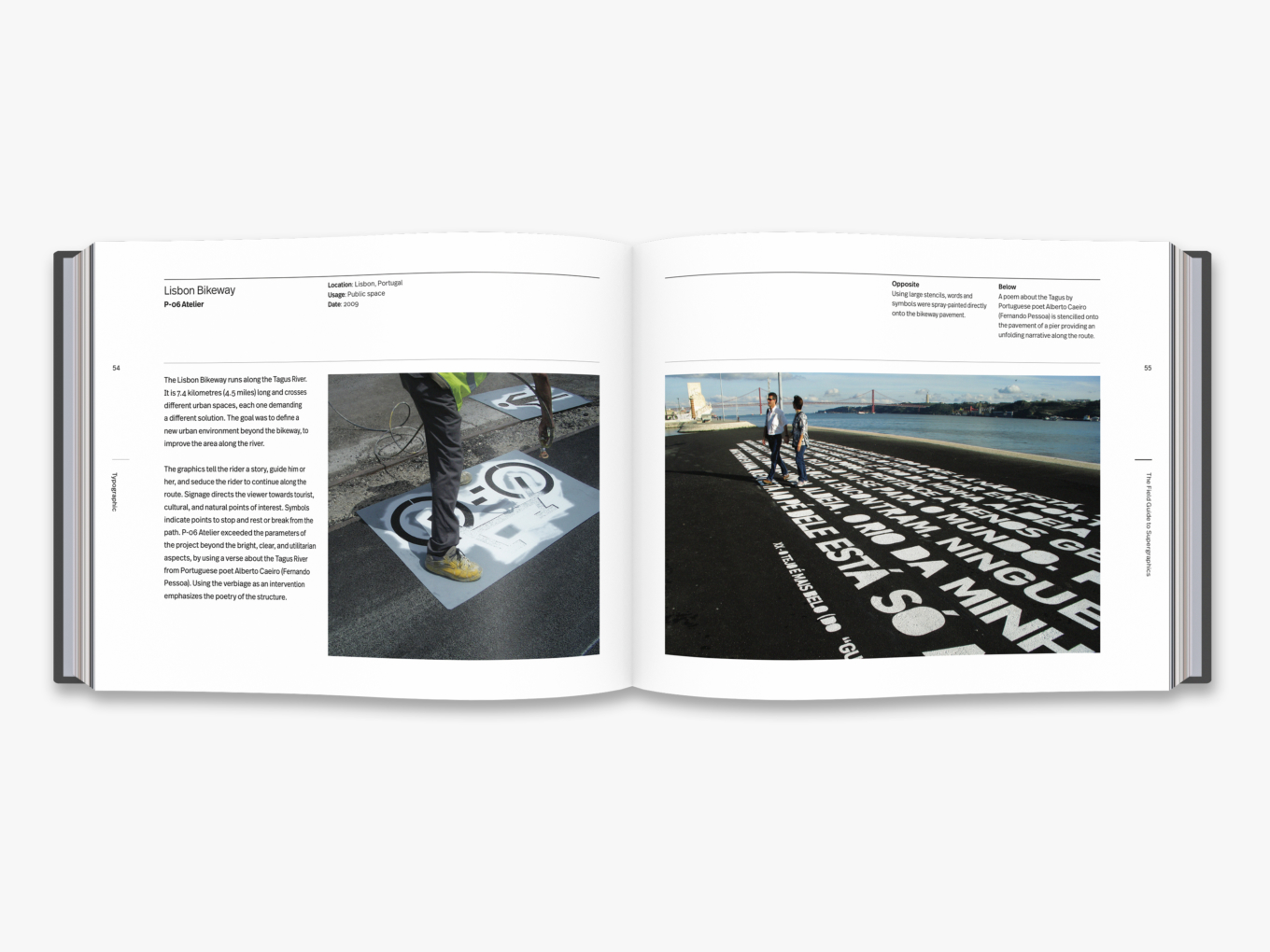Supergraphics
Supergraphics: how colour, imagery and type can transform public spaces
A new book from Thames & Hudson compiles over 60 examples of environmental graphics and murals from across the world. We speak to author and designer Sean Adams about the power of design to transform spaces, and how giant graphics and typography are “porn for designers”.
Many designers will associate the word “supergraphics” with exhibitions, building facades and art installations. The term is used to describe large-scale graphics, typography and imagery that adorns walls or other large surfaces – but the variety and application of these mega graphics have increased over recent years.
Now, supergraphics are used to brighten up hospital wards, school halls, community centres and public spaces. Clever, intricate wayfinding and graphics lead visitors through train stations and gallery spaces, or huge, illustrative murals make a political statement when printed on the wall of a dilapidated building in a run-down part of a city.
From Lance Wyman’s Mexico City metro wayfinding and signage through to Morag Myerscough’s graphics for Sheffield Children’s Hospital, the impact of such work should not be underestimated. Not only has such design been used to help navigate, inform and provide clarity, but also make people happier.
A new book called The Field Guide to Supergraphics: Graphics in the Urban Environment explores the many uses these giant designs now have, with 60 case studies taken from across the world. Split into four main chapters or “types” of supergraphics – including Typographic, Colour, Graphic and Vernacular (meaning language, or visual language) – the book delves into projects as diverse as Paula Scher’s wayfinding and graphics for a car park in New York, through to murals reinvigorating housing community spaces in Colombia.
Sean Adams, author of the book and co-founder of former Californian design studio AdamsMorioka, tells us about the importance of bringing large-scale graphics to life.
By
Ref: www.designweek.co.uk

